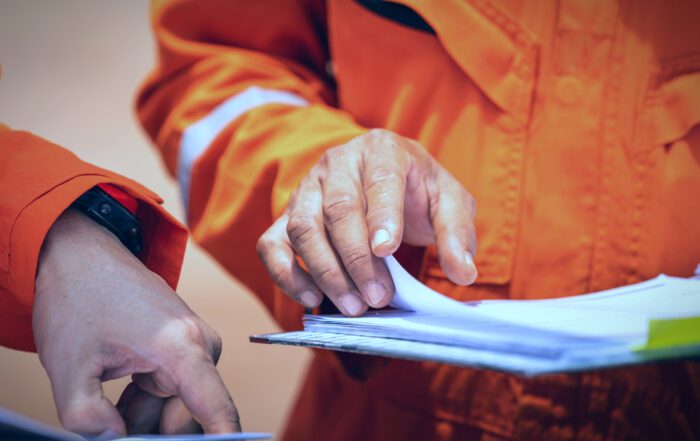A supermajor oil and gas company has a refinery in Germany that processes over fourteen million tons of crude oil per year. The plants at the site produce products for the chemical industry, around one tenth of the country’s diesel, petrol and kerosene consumption. The asset base of the refinery is sizeable with 6,500 equipments and 47,000 pipelines. MaxGrip was asked to assess failure consequences caused by CUI (Corrosion Under Insulation) for work prioritization as part of the CUI mitigation program.
Download the case study
Fill out the form below and you’ll receive the long read today.
Case study – highlights
Approach
MaxGrip performed the assessments for all 50,000+ assets of this refinery. The long-term project included:
- setting up and validating a work procedure for CUI risk prioritization of equipments;
- carrying out and documenting assessments for piping & equipment subject to CUI using P&IDs, corrosion control documents, inspection documents, isometrics, as-built drawings and other relevant information;
- leading validation workshops with production and process engineers;
- uploading assessments and outcomes in the Inspection Management System.
Results
It took several years to prioritize and assess all relevant assets. MaxGrip was able to contribute significantly to a clear CUI strategy that is now being deployed. Some highlights:
- Of all 50,000+ assets ca. 9,000 assets were deemed relevant and were CUI assessed and prioritized;
- The strategy for the mitigation of the CUI risks for prio 1 equipments is set out and being deployed;
- The clearly defined and optimized scope enables the CUI team to effectively use the annual deployment capacity and reach the target of 5,000 m2 mitigated surface on a yearly basis.
Get inspired
In 2030, asset management will be reshaped by AI, emphasizing predictive maintenance. This evolution signifies a commitment to digital innovation and environmental consciousness, adapting to global technological trends for improved efficiency and sustainability.
Using the Five Why technique is simple and effective because it understands that below the obvious "symptoms" of a problem there is a great catalyst.
From Skepticism to Synergy" explores how an APM consultant helps businesses improve assets, shifting initial resistance to cooperation.





